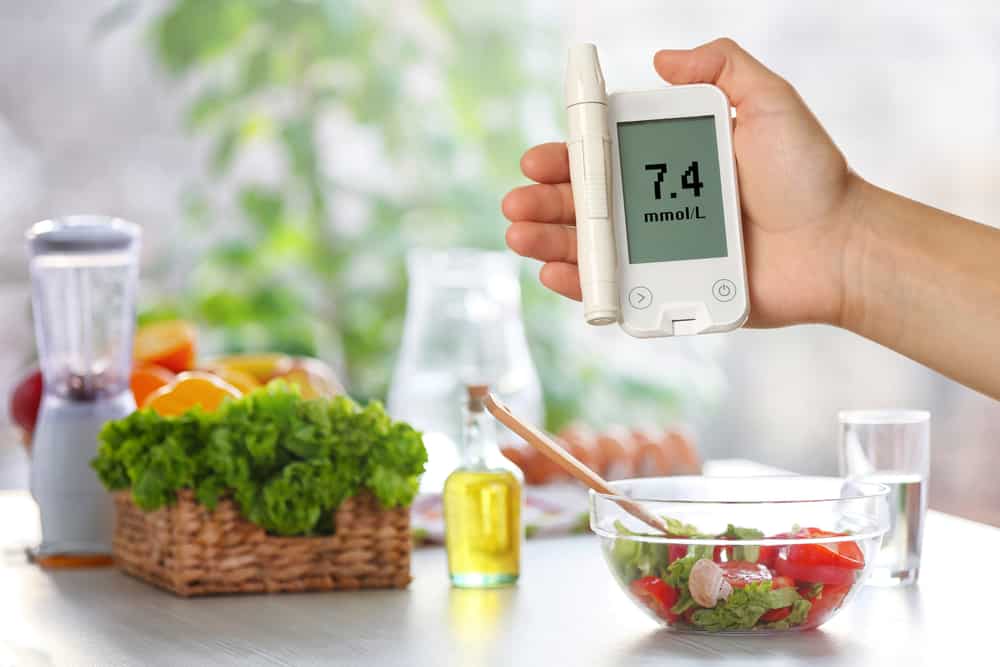According to Joslin Diabetes Research Center, over 30 million people suffer from diabetes in the United States alone. That’s almost one in every ten Americans that are struggling with some form of this disease.
Chances are that you or someone you know is living with type II or type I diabetes. Educating yourself about the symptoms of diabetes, its causes, and how to live with it can be empowering to start your journey to health and wellness.
Here is a primer on what you need to know about the most common type of diabetes, type II.
Type I Versus Type II Diabetes
There are some unique differences between type I and type II diabetes. Type I diabetes often begins in childhood and adolescence but can begin later in life as well. It requires daily injections of insulin to manage the disease as the body has stopped producing insulin.
Type II diabetes is often seen later in life in those that are overweight and have a genetic predisposition to the disease. With type II, the body is still producing insulin, but the body’s cells can no longer properly use it due to insulin resistance.
In type II diabetes the body’s pancreas can no longer generate enough insulin to properly regulate the body’s blood sugar.
Type I diabetes does require lifelong insulin treatment, but the early stages of type II diabetes can be combated through diet and exercise changes.
Symptoms of Type II Diabetes
Many living with type II diabetes, may not realize it as these symptoms can slowly present themselves. Symptoms to watch out for include:
- Excessive thirst
- Increased urination
- Vision issues including blurry vision
- Increased infections and sores that take a long time to heal
- Exhaustion
- Increased appetite
- Numb and tingling extremities
Causes of Type II Diabetes
There are numerous contributing factors to developing type II diabetes. Here are some of the causes to be aware of:
- Being obese or overweight increases
- Risks increase over the age of 45
- Lack of daily movement and exercise
- Having a family history of type II diabetes
- Black, Hispanic, Asian, and Native American ethnicities are more at risk
- Low HDL and high LDL levels
- Body fat storage in the stomach area
- Pregnancy can increase the risk of gestational diabetes
- Smoking
- Unmanaged stress
Living With Type II Diabetes
If you are suffering from type II diabetes, there are changes that you can make to your lifestyle to help you manage and even reverse it.
Nutrition and weight loss are two key areas to address. Incorporating a diet of whole foods such as whole grains, fruits and vegetables, legumes, nuts, and healthy fats can help you lose weight and improve health.
Eliminating processed foods, fatty meats, and high sodium snacks is an important lifestyle change to make as well. Look for new ways to incorporate some healthy snacks.
Incorporating more movement in your day, from taking a walk to starting a daily exercise routine, can have a big impact on your weight, energy level, and overall wellness.




